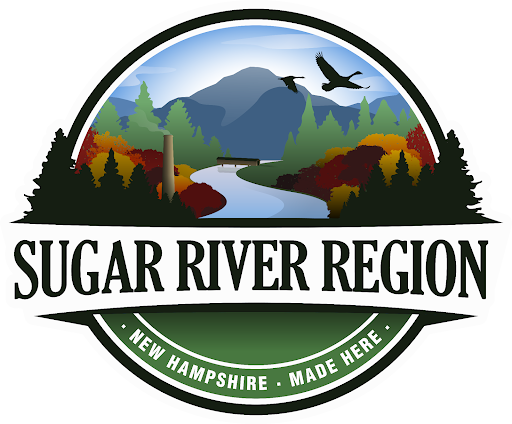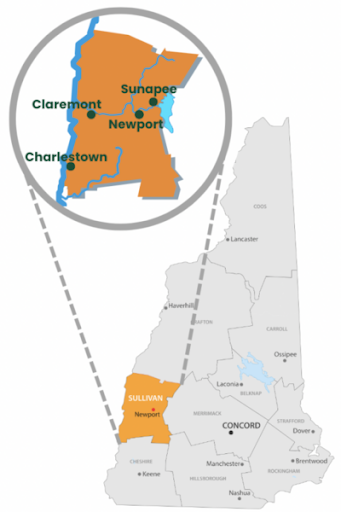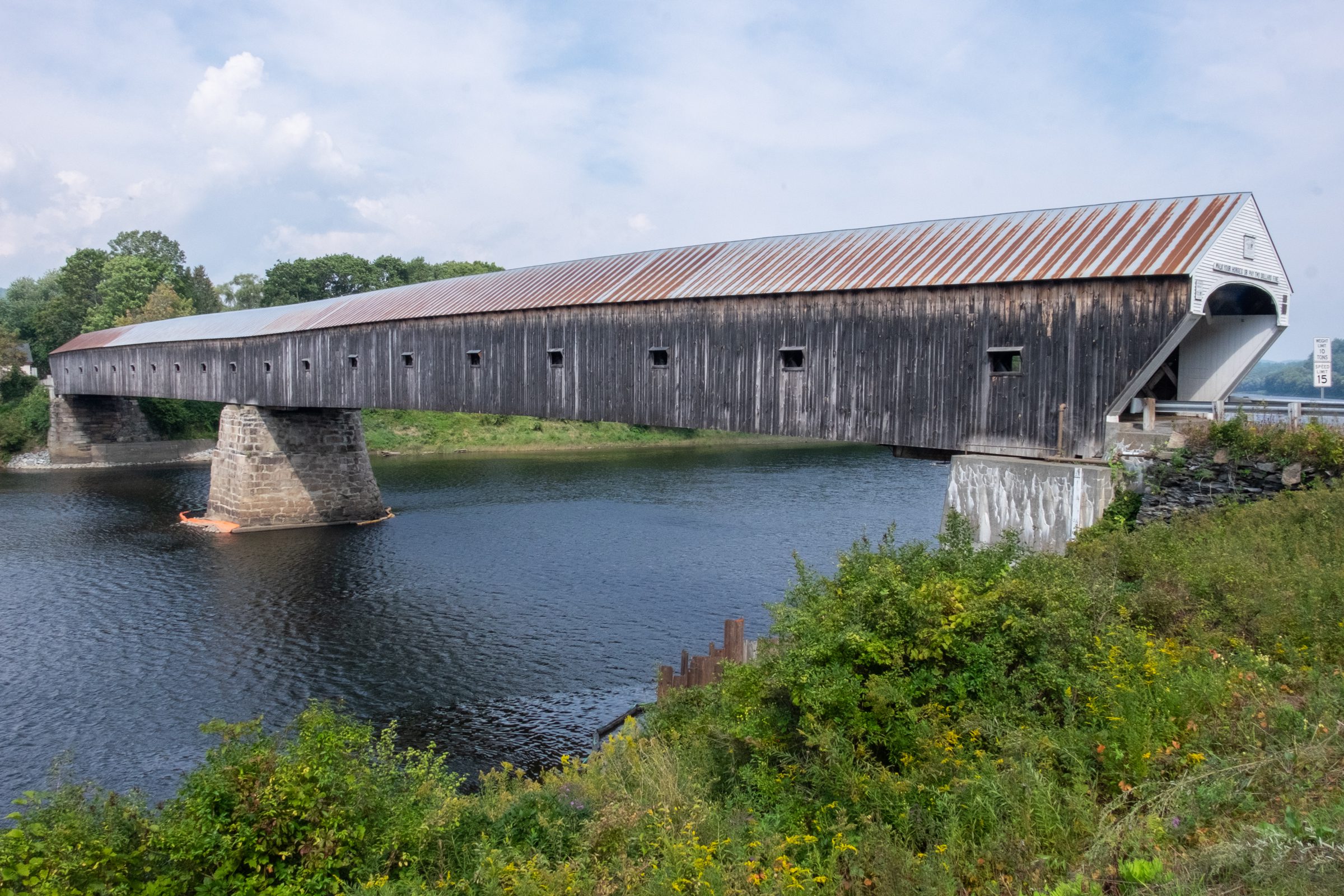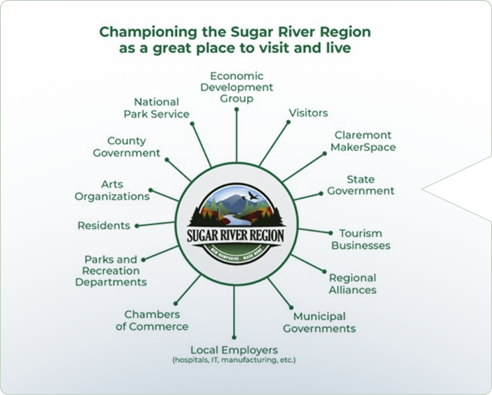What is a DMO, and how is it used to develop a community into a tourist destination?
To begin examining the success of Discover Sugar River Region as a Destination Management Organization (DMO), we must first discuss what a DMO is and how it can be used as a community catalyst.
Destination Management Organization: It is an organization responsible for promoting a specific destination, such as a city, region, or country, to attract tourists, businesses, and investment.
They typically engage in marketing, advertising, and promotional activities to showcase the attractions and amenities of their respective destinations to potential tourists. In many cases, it can be used to bring awareness to unknown destination, thus acting as a community catalyst.

Destination Management Organizations (DMOs) serve as catalysts for community development through various means:
- Economic Boost: DMOs stimulate economic development by promoting tourism, which generates revenue. This influx of funds fosters business growth, job creation, and overall prosperity.
- Enhanced Image: DMOs strategically market and brand the destination, enhancing its appeal to tourists, investors, and residents. By positioning the destination as unique and attractive, DMOs increase its competitiveness and attract further investment.
- Infrastructure Improvement: The increased tourism facilitated by DMOs often leads to infrastructure enhancements, benefiting visitors and locals.
- Cultural Preservation: DMOs preserve the destination’s cultural heritage and natural assets, fostering local pride and identity.
- Community Engagement: DMOs engage stakeholders, including government agencies, businesses, and residents, in tourism planning and decision-making.
- Sustainable Practices: DMOs advocate for responsible tourism policies and support sustainable initiatives to minimize negative impacts on the environment and communities. By promoting sustainable practices, DMOs contribute to the destination’s long-term viability.
- Infrastructure Development: DMOs may collaborate with local authorities and businesses to improve infrastructure such as accommodations, and public facilities. These improvements not only enhance the visitor experience but also benefit residents by providing better services and amenities.
- Education and Training: DMOs may offer training and educational programs to local residents, equipping them with the skills needed to participate in the tourism industry. This can create employment opportunities and empower individuals to take advantage of the economic benefits of tourism.
Unique Communities in the Sugar River Region in Sullivan County, New Hampshire
The Sugar River region in New Hampshire is located primarily in the western part of the state and covers 527 sq. miles in Sullivan County, New Hampshire. The Sugar River itself flows through this region, starting in the towns of Sunapee and Croydon. It winds its way through communities such as Newport and Claremont.

This area is known for its picturesque landscapes, outdoor recreational opportunities, and historic towns. The Sugar River Rail Trail, a popular recreational trail, follows the path of the former Claremont and Concord Railroad along the Sugar River. It provides opportunities for walking, biking, and other outdoor activities.
In addition, snow sport activities are popular in the winter months including cross-country skiing, snowmobiling, and skiing/snowboarding. Mount Sunapee Resort is a 233-acre skiing destination with a wide variety of terrain for the entire family.
The Sugar River region in New Hampshire offers a mix of rural charm, outdoor adventure, and historical significance, making it a popular destination for visitors and residents alike. Furthermore, communities in the region include: Acworth, Charlestown, Claremont, Cornish, Croydon, Goshen, Grantham, Langdon, Lempster, Newport, Plainfield, Springfield, Sunapee, Unity, and Washington.
Transformation of a Region of New Hampshire Through Collaborative Community Effort
The Mission: Discover Sugar River Region as a Destination Management Organization develops, promotes, and sustains our regional assets to create a thriving visitor economy, improve quality of life for all who live and visit here and becoming a community catalyst.
The Vision: The Sugar River Region provided residents and visitors with an authentic New Hampshire experience through a diverse array of recreational, cultural, economic, and agricultural opportunities.
Sullivan County is one of the least visited areas of New Hampshire, so the goal of the Destination Management Organization is to be that community catalyst. In its first year, Discover Sugar River Region aims to solidify its brand identity, establish key performance indicators, and set long-term objectives while executing initial marketing strategies, materials, and approaches as detailed in this plan.
Through partnerships and active involvement within the community, the organization endeavors to enhance recognition of the destination and its exceptional tourism offerings by employing narrative-driven campaigns and collaborative promotional efforts within the constraints of a budget.
Creating strategic organizational objectives in Destination Management Organizations and positioning a brand as a catalyst in the tourism industry:
The overall objectives of a destination marketing strategy are to:
- define the brand positioning and guiding principles
- create strategic goals
- identify the target audience
- outline tactics to deploy
For Discover Sugar River Region, there is a geographic focus in their marketing strategy with the hopes of targeting visitors a short drive distance away (including Vermont, Massachusetts, southwest Main, and east central New York). Other targets are long drive/coach bus roach trippers to New England. Amtrak travelers on the Vermonter represent a potential market as well.
The goal of the project is to target people in the tourism market seeking family fun, local creativity (art enthusiasts, specifically). As well as outdoor adventurers, history, and seasonal travel.
Social media is being employed as an important tool in the marketing process. Local businesses, resorts, and events can be broadcast to the public and reach new people. The DMO can help curate its brand through social media such as Instagram, Facebook, and its website.

The Arts as a Catalyst used by Destination Management Organizations
A study done by Americans for the Arts looked at the Economic and Social Impact of Nonprofit Arts and Culture Organizations and their audiences in Sullivan County, NH. They conducted a survey in 373 diverse regions of the county, Sullivan County being one of them.
The survey asked how much “Audiences Demonstrate Appreciation for the Impact of Arts and Culture”
- 79.1% said this venue of facility is an important pillar for me within my community
- 85.4% said “I would feel a great sense of loss if this activity or venue were no longer available”
- 89.0% said “This activity or venue is inspiring a sense of pride in this neighborhood or community”
- 86/9% said “My attendance is my way of ensuring that this activity or venue is preserved for future generations”
Based on this survey, the residents of the Sugar River Region value the arts and its impact. The study showed the economic and social impact of the nonprofit arts and culture industry. Surprisingly, in Sullivan County, the sector generates $10.2 million in overall economic activity during 2022.
Arts and culture strengthen the visitor economy, with 41.9% of attendees who are nonlocal visitors spending $37.71. 78.9% of nonlocal visitors stated that their primary purpose of visiting the region was to attend an art-related event.
So, Discover River Region aims to continue supporting the development of the arts in the region further, as it is one of the main economic drivers.

Destination Management Organization Creating a Brand to be a Catalyst in Collaboration with the Community:
The Chairperson of the Board of Directors for DSRR and Chamber of Commerce, Elyse Crossman, hopes the DMO will help create a regional sense of identity and pride in the region. The area has long been overlooked in New Hampshire, and she hopes this will slowly change through their tourism development work.

The DMO is still in its early stages, so the extent of its success as a community catalyst is still to be determined; but Elyse Crossman has high hopes. One of the things Solimar brought to the process is helping everyone get to their vision of a shared identity. During the development, Elyse has seen a willingness to collaborate from local businesses that she has never seen before.
Developing a Sustainable Future for The Sugar River Region
Ultimately, the goal of Solimar’s work in the region is to set up a DMO that will run smoothly after the contract is finished. The project is off to a successful start, but there is still vital work to be done to ensure its long-term viability.
The Sugar River Region Project team to lay the foundation for the DMO to run smoothly into the future. Additionally, community engagement and collaboration are key to the success of this endeavor. The overall hope of the DMO is to increase the quality of life for residents of the region through economic stimulation. This will make the Sugar River Region a desirable destination to visit, work, and live.

Learn more about the Sugar River Region and all of the great things to see, do, and eat in the region HERE!
